DISCOVERING THE CONCEPT OF EMERGING STORE DESIGN IN APAC!
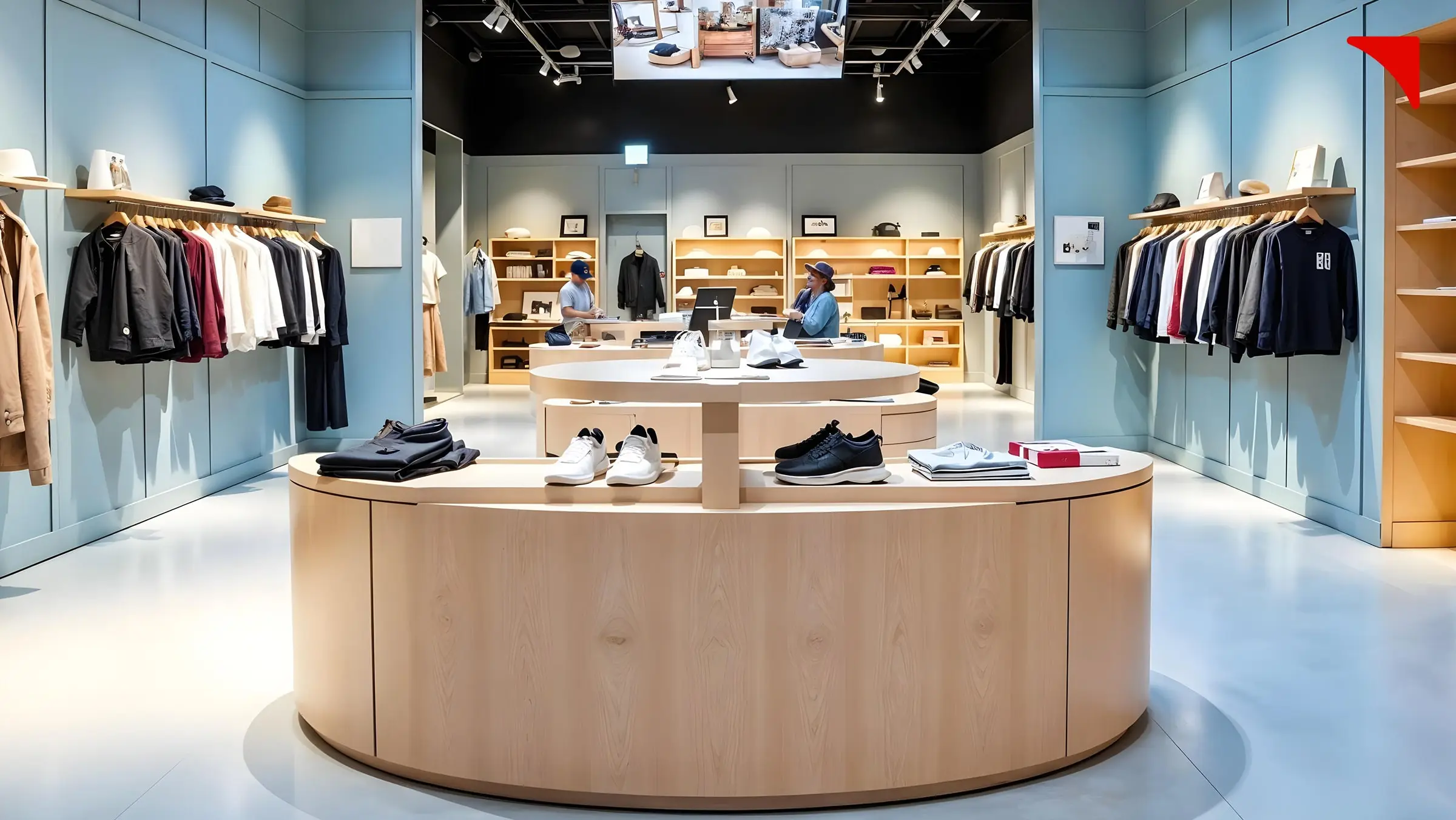
Modern APAC customers are continuously and increasingly growing dissatisfied with the flatness of online shopping. Instead, they now keep looking for moments of wonder in order to fight the rising stress levels. In other words, APAC customers are on the lookout for different ways to help them escape the doldrums of their fast-paced lifestyle. They are further driving the popularity of pop ups and a physical retail rebirth.
According to a report by Wunderman Thompson, it was found that more than 60% of Chinese customers find online shopping tedious.
This clearly indicates that even though e-commerce is dominating the retail industry, customers in China are now on the lookout for something more dynamic.
Also, a report by PwC stated that nearly 55% of shoppers in the entire Asia-Pacific region prefer visiting a retail store to making an online purchase.
Well, this is because they now crave sensory experiences.
Considering the present scenario, retail brands have the opportunity to create reality pockets that transport shoppers to a new world, away from the mundane. Brands can adopt the strategy of mindful commerce and craft sanctuaries in their retail stores. They also have the option to leverage social media virality and further create attractive and immersive retail spaces that cut through the noise and arouse interest and curiosity. Doing this will let the shoppers take a break from the noisy bubble, further encouraging them to make extended stays in a store.
Here are four breathtaking store design trends and strategies that will help customers take a break from stress and their fast-paced lifestyle.
Neo-Industrial
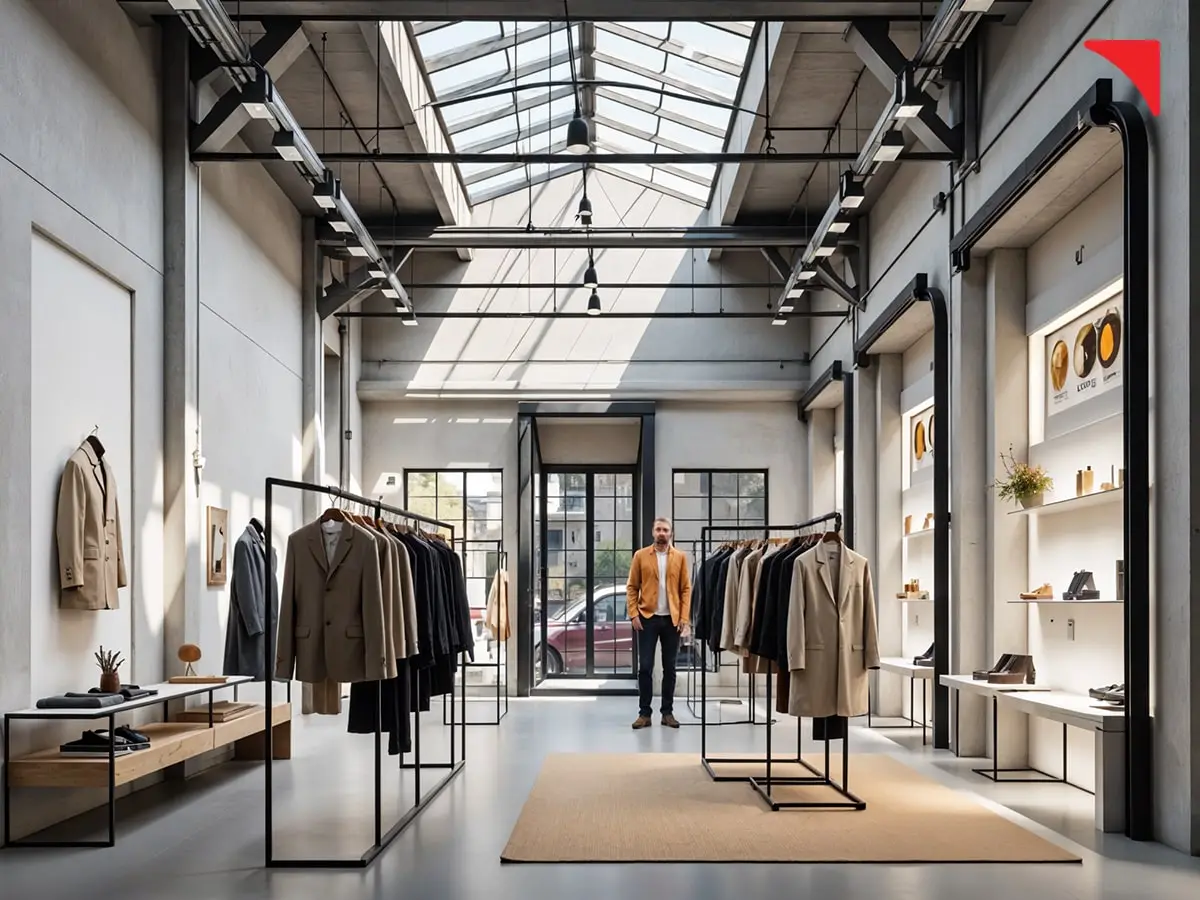
Retail brands need to put in the effort and implement specific strategies in order to lean toward APAC's reputation as a leader in technology and industrial advancement. This can be accomplished by incorporating aesthetics into their retail design.
Strategies that retail brands can implement:
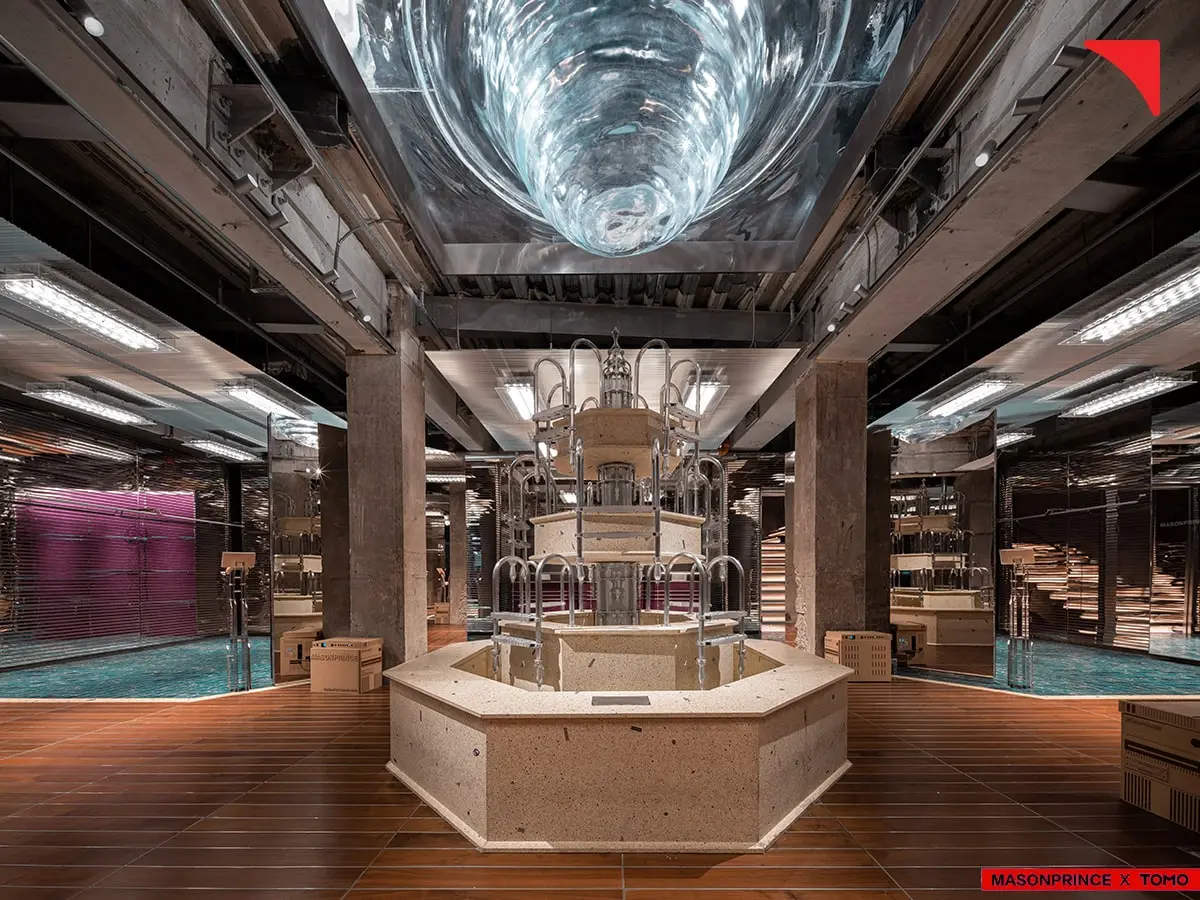
- Look for inspirational ideas from industrial sources. Retail brands can consider using metals in contrast with bare concrete in order to recreate the feeling that is similar to an industrial warehouse.
- Experiment with harsh and bright lighting. Try to play with the reflective quality of chrome and other metallic elements.
- Use repurposed vintage components wherever possible. This will weave technology and aesthetics from the past into design, further evoking the feelings of nostalgia.
Live example: MASONPRINCE's store in Shanghai taps into retrofuturism in order to sell the sci-fi concept. The retail brand mixes design aesthetics from the 30s with metallic futuristic finishes. This further creates a nostalgic space frozen between different time periods.
- Avoid clutter as distractions as much as possible. This will help maintain a sleek and minimal aesthetics, which is often associated with futuristic robots.
Colour wash
Consider exploring the harmonious quality of monochromatic colour schemes in order to create a balance in the retail store along with inspiring wonder.
Some valuable reatil strategies to implement:
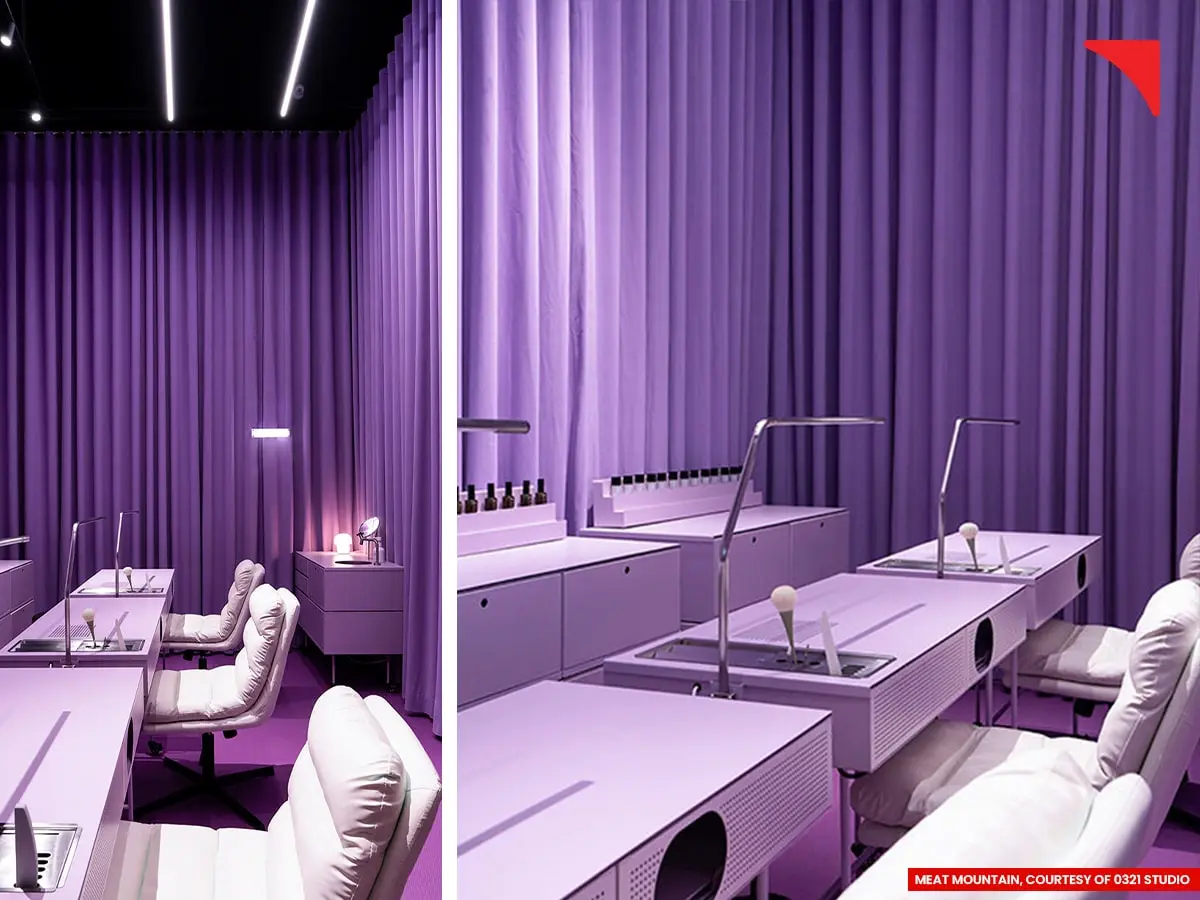
- Use intense bursts of colours that infuse all the present elements of the store design. This will help retail brands create joyful and youth driven retail spaces.
- In small spaces like nail salons, retailers should use the same colour on functional equipment along with soft furnishings. This will help them create playful as well as immersive retail experiences.
Live example: MaliMali, a nail salon in Shenzhen has implemented the colour purple in its entire salon. This further helps the brand seamlessly evoke feelings of empowerment and creativity.
- Transparency is also a trend; hence, play with it. Break up a single colour into pieces using transparent materials and textures. Some popular examples include tinted glass or sheer curtains. In addition, brands can consider using see-through materials to create partitions between different zones, further creating a sense of reflection and layering.
- Brands can add a retro glow to their retail space by using large spotlights or focused lighting.
Creative Pursuits
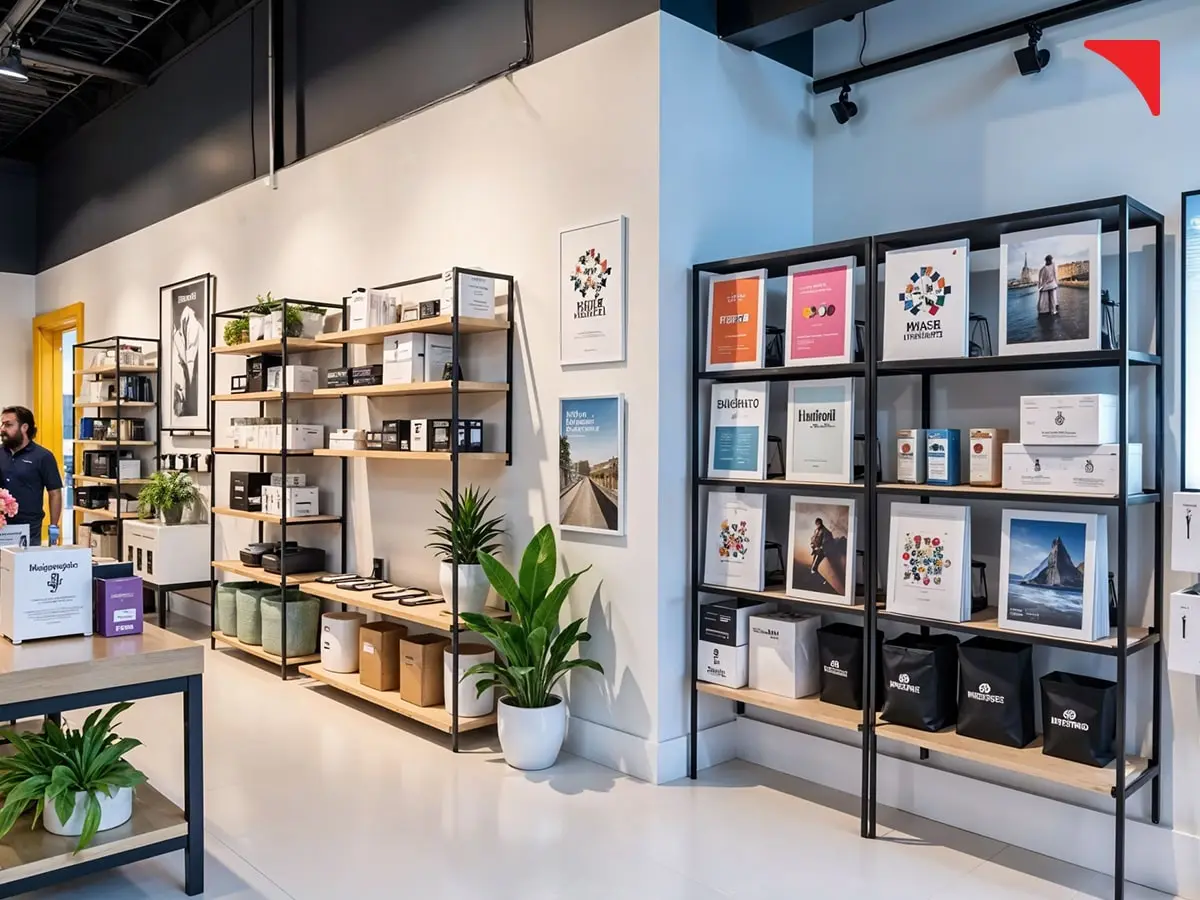
Attracts Gen Zs and encourages them to return to physical stores by transforming spaces that don't just focus on selling products but are open to art-driven retailtainment. Retail brands can consider implementing the concept of a store as a gallery and tap into artists to further create a main point that inspires positive conversations related to their brands.
Practical strategies to consider:
- Position oversized and offbeat installations near the entrance in order to maximize the power of wondering, further encouraging footfalls.
Live Example:
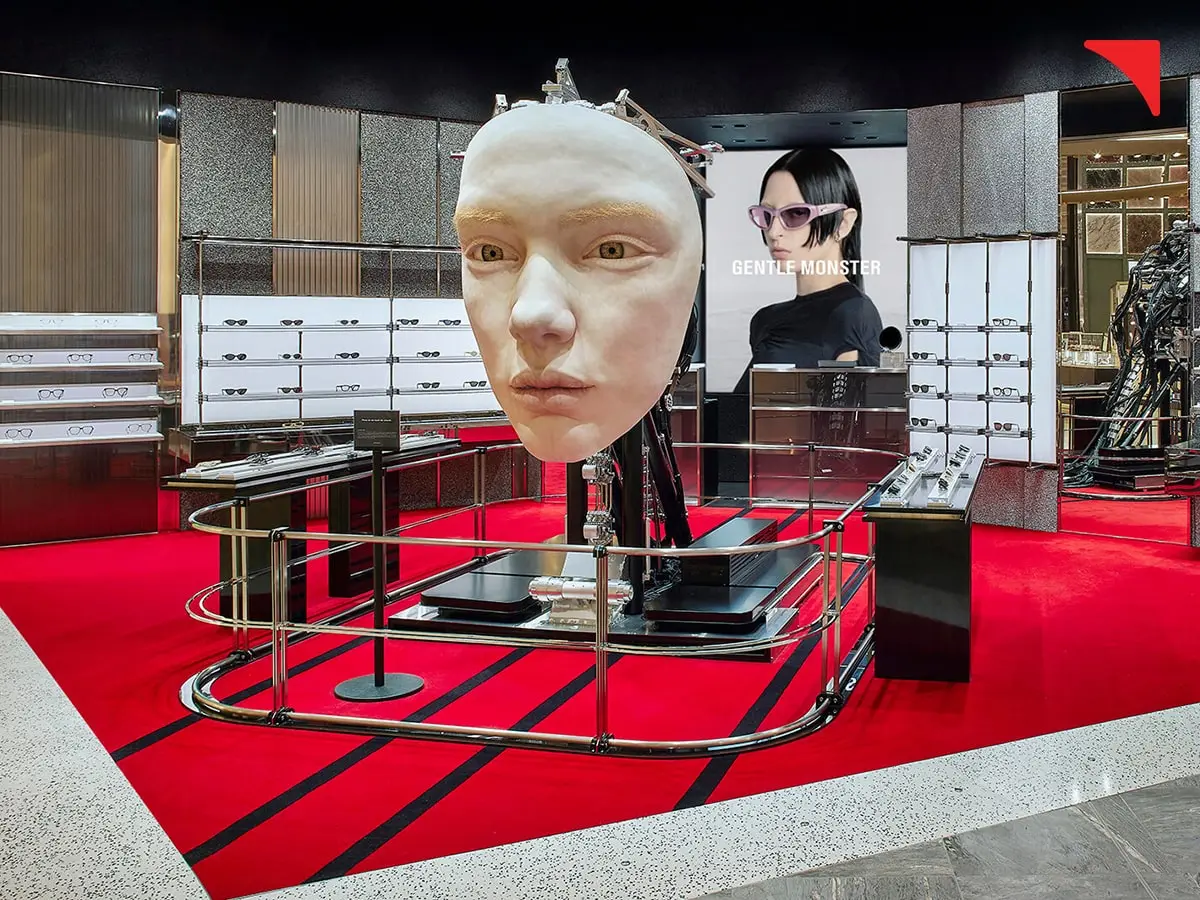
At the Gentle Monster store in Manila, Philippines, an eye catching giant installation is implemented at the glass entrance that provides an enticing focal point for the visitors who enter the store.
- Encourage local touch and showcase the art scene by inviting local artists to create installations.
- Understand and lean into Gen Z's desire for experiential retail. Ensure some form of interactivity and engagement throughout the store in order to weave connections with the young customers.
- Brands can create an immersive retail experience for their shoppers by experimenting with different mediums. In order to increase engagement and interactiveness, brands can implement digital art in their store to further keep customers entertained during their shopping sessions.
Live example:
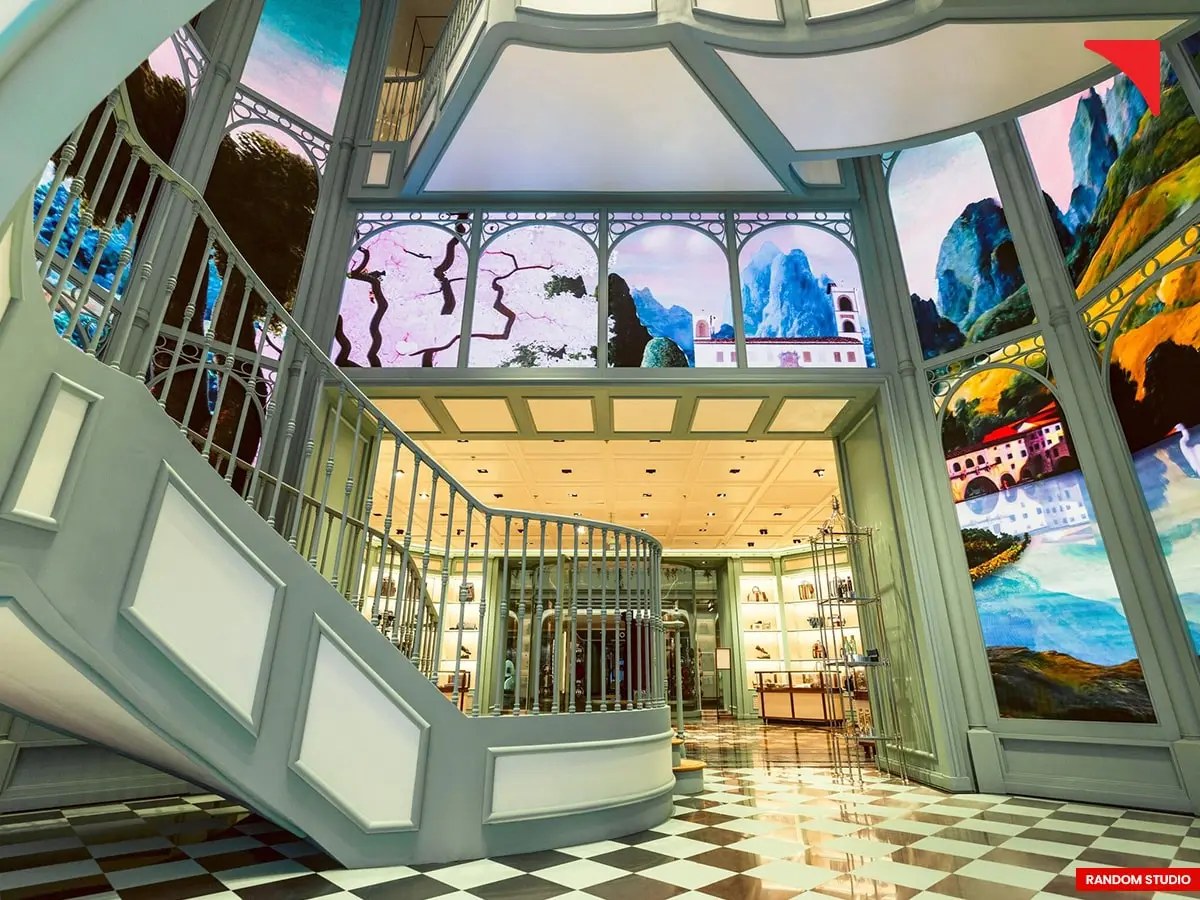
A Gucci store in Chengdu has implemented floor-to-ceiling LED panels in the entire retail space, which further allows for a seamless display of whimsical AI-generated imagery. The displayed imagery is constantly shifted and changed, further resulting in a playful experience for the shoppers.
Domestic Spaces
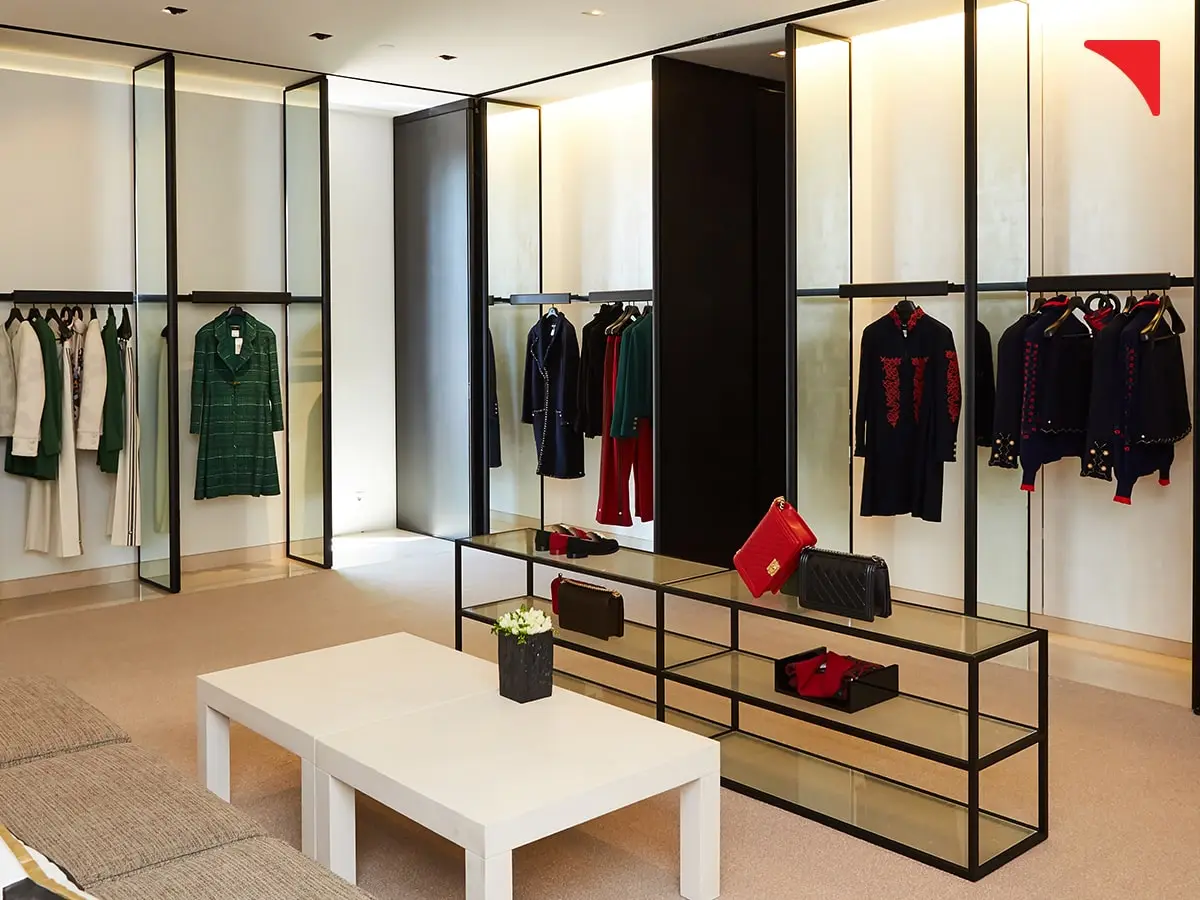
Retail brands need to emphasize creating a quiet gateway that allows customers to enjoy a break from the hustle and bustle of the city. Brands can accomplish this by recreating the comfort of home and letting customers tap into it by implementing suitable furnishings and soft lighting that further provide ease to stressed individuals.
Here are some effective retail strategies that brands can consider implementing:
- Brands can use large glass windows and other openings in order to take advantage of natural, ambient lighting.
- Create a sense of familiarity by integrating local furnishings and materials into the store's interior design.
- Incorporate calming colours like soft and neutral palettes as a guiding point in order to evoke a sense of peace and relaxation.
Live example:
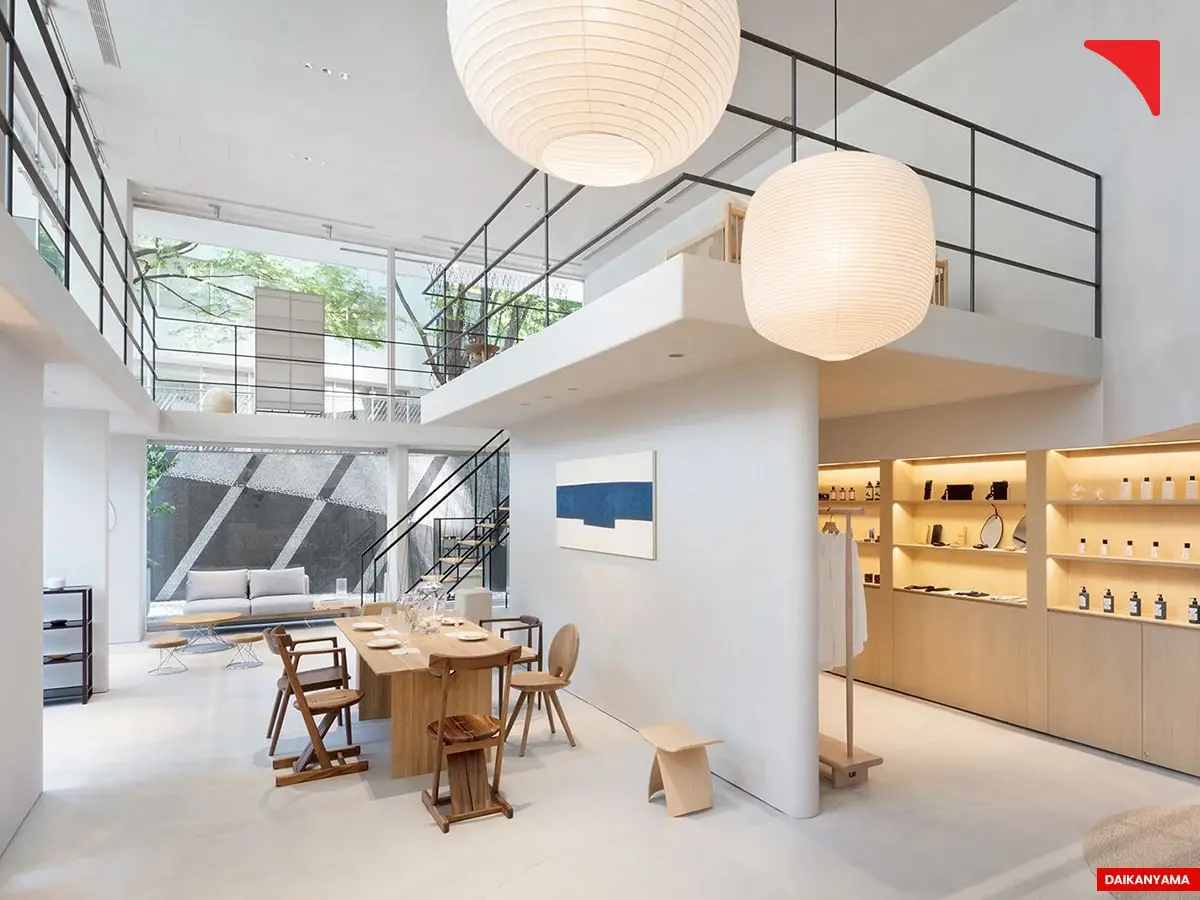
The Conran Shop in Daikanyama has incorporated light woods and a muted colour palette in its retail shop. All these elements, when combined together, bring a sense of calm and serenity to this house-inspired store.
Create some calming places in your store where customers can simply sit and relax. It would be the best if brands take inspiration from living rooms and dining areas when designing these spaces.